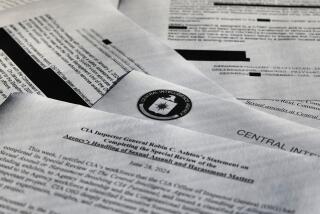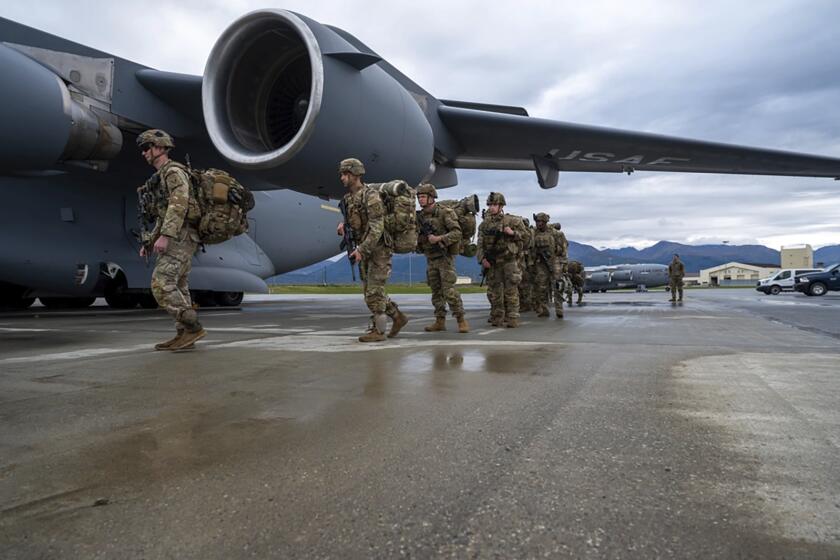Diwali is the Festival of Lights, but it’s left India’s capital shrouded in dark smoke

Much of the Indian capital New Delhi was shrouded in a dark fog, making it difficult to see even a few feet ahead.
The day after Diwali, the annual Hindu festival of lights that Indians typically celebrate by setting off smoky fireworks, residents of New Delhi awoke Monday to a thick gray smog and some of the poorest air quality readings in memory.
Already ranked as the city with the world’s dirtiest air, New Delhi’s pollution levels soared to well beyond what is considered healthy for its 20 million residents to breathe.
The spike coincided with the release of a report by the United Nations Children’s Fund saying that nearly one in seven children in the world lives in areas of toxic air pollution, with the largest concentration of them — 600 million — in South Asia.
One of the most polluted spots in Delhi, R.K. Puram, which includes the heavily trafficked Outer Ring Road, saw pollution levels spike late Sunday to 42 times the permissible national standards.
The systems of the U.S. Embassy in New Delhi measured the ambient levels of PM 2.5 — tiny particulates in the air that serve as a common measure of air pollution — at above 1,100 at 2 a.m. That is more than twice the level that is considered extremely high. At above 300, the embassy warns of “serious risk of respiratory effects in general population” and urges people to “avoid all outdoor exertion.”
Experts blamed the firecrackers that are a beloved part of Diwali celebrations, with residents gathering on street corners, in backyards and on rooftops to set off fireworks — many of which produce smoke at the rate of dozens of cigarettes.
“The Diwali and Diwali night certainly show massive escalation of pollution levels,” said Anumita Roychowdhury, executive director of the Center for Science and Environment, a think tank based in New Delhi.
“The smog built up very rapidly as the evening progressed. [Firecrackers] have contributed hugely. That is the concern because we know the pollution levels in Delhi throughout the year are in any case high. And that gives us no room for additional escalation.”
Much of the Indian capital was shrouded in a dark fog, making it difficult to see even a few feet ahead.
Diwali festivities were due to continue until Tuesday, and the capital’s System of Air Quality and Weather Forecasting and Research predicted this year’s Diwali would be worse than the two previous years for air pollution.
Patients with asthma, lung and heart problems were advised to stay indoors, along with children.
The pollution levels worsen as temperatures cool, trapping noxious gases closer to the ground and mixing with the smoke from factories, cargo trucks and crops burned by farmers in rural areas ringing the capital.
“Diwali comes in winter when the air is stationary and it traps pollution in the city,” Roychowdhury said. “You actually make it a gas chamber. When that happens, people with asthma, heart and respiratory problems, their condition drastically worsens. Emergency hospital admissions go up.
“Is that the price we are willing to pay for celebrating the festival of lights?”
The chief minister of the Delhi region, Arvind Kejriwal, earlier this year tested a traffic rationing system to reduce the number of cars on the road, though it had a negligible impact on pollution.
The UNICEF report published Monday said almost 600,000 children under age 5 are killed each year by diseases caused or exacerbated by air pollution — more than malaria and HIV/AIDS combined.
Parth M.N. is a special correspondent. Times staff writer Shashank Bengali contributed to this report.
ALSO:
More to Read
Sign up for Essential California
The most important California stories and recommendations in your inbox every morning.
You may occasionally receive promotional content from the Los Angeles Times.










